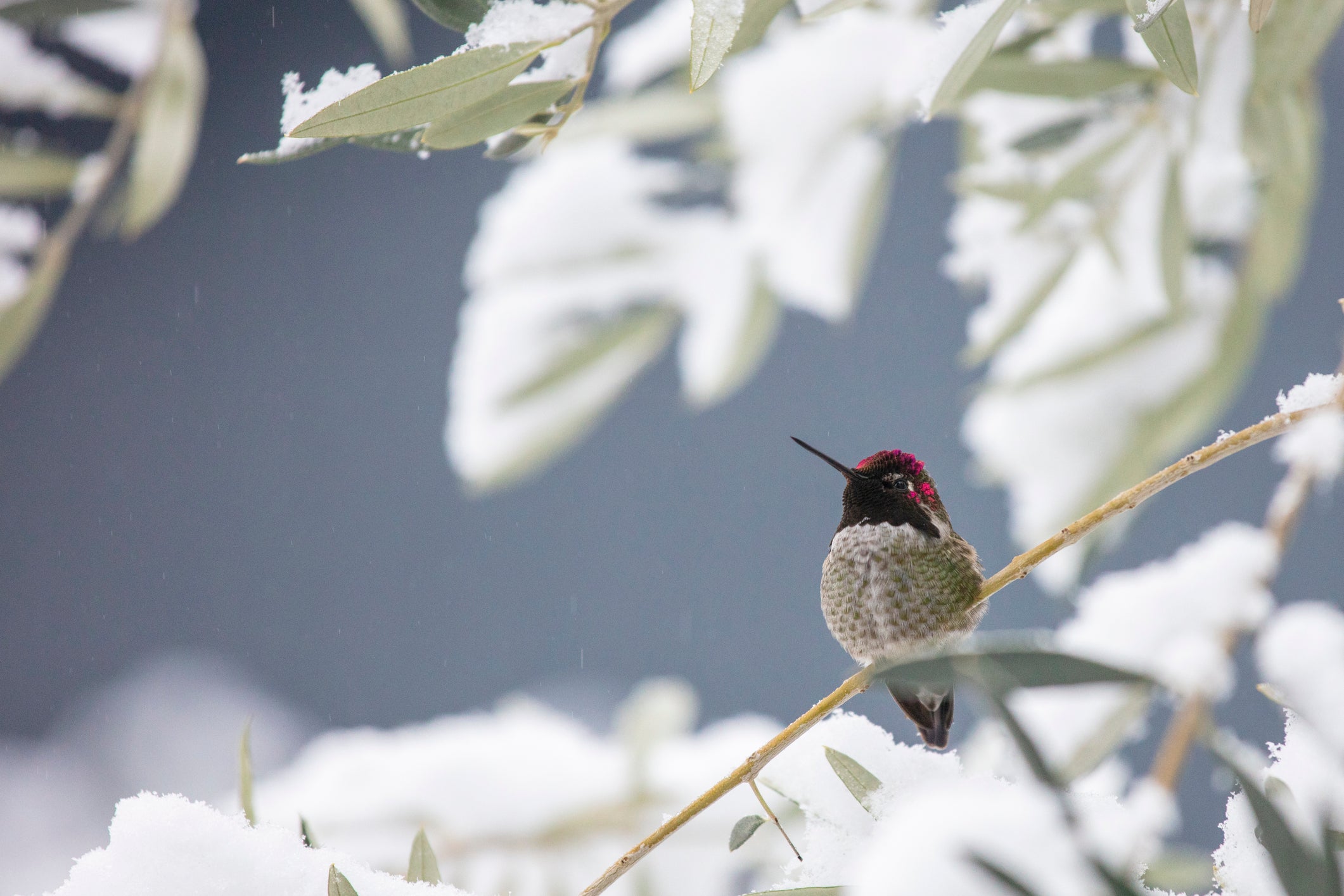As winter approaches, our feathered friends need a little extra help to survive the colder months. Creating a bird-friendly garden not only benefits the local avian population but also provides you with the joy of observing these beautiful creatures up close. You can make your garden a welcoming haven for birds during the winter by providing feeders and habitats. When it comes to feeding birds in the winter, selecting the right feeders can make a significant difference. Here are some popular types of feeders to consider:
- Hopper Feeders: These are enclosed feeders with a platform where birds can perch and eat. They often have a roof to protect the food from snow and rain.
- Tube Feeders: Tube feeders are great for small birds like finches and chickadees. They have multiple feeding ports and can be filled with sunflower seeds, thistle, or mixed seeds.
- Suet Feeders: Suet is a high-energy food source that many birds enjoy in winter. Suet feeders can attract woodpeckers, nuthatches, and other suet-loving species.
- Platform Feeders: These open feeders are versatile and can accommodate a variety of foods, including seeds, nuts, and fruit.
- Nyjer Seed Feeders: Nyjer (or thistle) seed is a favorite among finches. Nyjer seed feeders have small ports that make it difficult for larger birds to access the food.
- Hummingbird Feeders: If you live in an area where hummingbirds overwinter, consider providing a sugar-water solution for them in specialized feeders.
Remember to keep your feeders clean and regularly refill them, especially during cold snaps when birds need extra sustenance.

Just like us, birds appreciate a diverse diet. Different species prefer different types of food, so offering a variety will attract a broader range of birds. Common foods to include in your bird feeders during the winter include black oil sunflower seeds, safflower seeds, peanuts, cracked corn, fruit (apples, oranges, grapes), mealworms, and suet. By providing a mix of these foods, you'll cater to the tastes of a wide range of birds, ensuring a bustling winter garden.
While providing food is important, don't forget that birds also need suitable habitats to shelter from harsh winter conditions. Here's how you can make your garden more inviting for winter birds:
- Native Plants: Incorporate native trees, shrubs, and plants into your garden. These provide natural food sources such as berries and insects. They also offer shelter and nesting sites.
- Evergreen Trees and Shrubs: Evergreens like pine, spruce, and holly provide excellent cover from the elements and potential predators.
- Brush Piles: Instead of disposing of fallen branches, create brush piles in a secluded area of your garden. Birds can use these for shelter and foraging.
- Birdhouses and Roost Boxes: Install birdhouses designed for overwintering birds like chickadees and bluebirds. Roost boxes are larger and provide communal shelter during extremely cold nights.
- Water Sources: Ensure access to fresh, unfrozen water. Heated birdbaths or small heaters in traditional birdbaths can prevent the water from freezing.
- Limit Pruning: Avoid extensive pruning during the fall. Leaving seed heads and dead plant material can provide essential food sources throughout the winter.
Creating a bird-friendly garden during the winter is a rewarding and compassionate way to connect with nature. By offering the right feeders stocked with a variety of foods and providing suitable habitats, you can attract and support a wide range of bird species. Your efforts will not only benefit the birds but also bring joy and wonder to your winter garden. So, bundle up, grab your binoculars, and get ready to enjoy the beauty of winter birds in your own backyard.



Leave a comment